What is Bacteria?
Bacteria are single-celled prokaryotic organisms with microscopic size. Their cells do not have a nucleus and membrane-bound organelles.
The cells of bacteria consist of:
- Cell wall, often with a mucous envelope;
- Cell membrane;
- Cytoplasm;
- Ribosomes;
- Plasmids;
- Some bacteria have one or more flagella;
- Nuclear material, not bounded by a nuclear membrane (single DNA molecule called bacterial chromosome).
The bacteria can be autotrophs or heterotrophs, aerobes or anaerobes.
They are cosmopolites, occurring in all habitat types and in living organisms. They are very important for the biogeochemical cycle, taking part in both the formation and the degradation of matter.
Pathogenic bacteria can cause various diseases in plants, animals, and humans (anthrax, brucellosis, tuberculosis, etc.). There are also beneficial bacteria, used in food, microbiological, chemical and other industries.
The bacteria reproduce by division, rarely by budding.
Depending on the structure of the cell walls the bacteria are divided into two major groups:
- Gram-positive bacteria;
- Gram-negative bacteria.
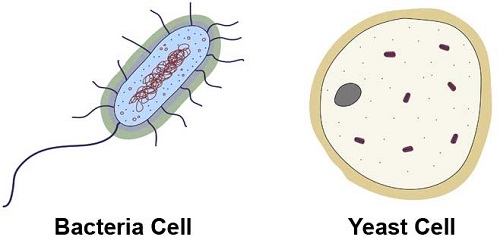
What is Fungi?
Fungi are a kingdom of eukaryotic organisms. They are microorganisms (yeasts and molds) and macroscopic organisms (mushrooms).
The fungi are separated from the other kingdoms due to the following characteristics:
- Rigid cell walls, containing chitin;
- Heterotrophic species, feeding by absorption of molecules dissolved by secreted digestive enzymes.
The cells of the fungi consist of:
- Cell wall with unique characteristics (containing chitin);
- Cell membrane with the typical structure of eukaryotic cells;
- Nucleus – variable number of nuclei in a cell.
- Organelles:
- Unique for fungi: chitosomes, spindle pole body, Woronin-body, etc.;
- Mitochondria, ribosomes, endoplasmic reticulum, Golgi apparatus, etc.;
- The zoospores of some fungi have flagella.
The fungi are distributed in all habitat types, but most of them are terrestrial. They live attached to the substrate, only the spores are mobile.
Fungi are the main decomposers in the ecosystems. There are fungi, parasites of plants, animals, and humans, causing different diseases (aspergillosis, chromoblastomycosis, candidiasis, etc.). There are also beneficial fungi which are in symbiotic relationship with plants and animals. Fungi are widely used by humans as a direct source of food, as a leavening agent (bread production), for fermentation (beer, wine, soy sauce production), production of antibiotics and enzymes.
Fungi can reproduce both asexually and sexually. Most fungi reproduce by spores, able to survive under extreme conditions.
The fungi are divided into the following major groups:
- Microscopic yeasts (single celled);
- Filamentous moulds (multicellular);
- Macroscopic filamentous fungi forming big fruiting bodies (mushrooms).
What are the Similarities Between Bacteria and Fungi
Similarities in Terms of “Cell structure”
- Each cell, bacterial or fungal, has a cell membrane, separating it from the environment and regulating the selective transport of substances to and from the cell.
- The biggest part of the cells of bacteria and fungi is occupied by a cytoplasm.
- The hereditary information of the bacteria and fungi is stored in DNA molecules (genes).
- Both bacteria and fungi cells have ribosomes (responsible for the protein synthesis).
Similarities in Terms of “Habitat”
- Bacteria and fungi occur in terrestrial and aquatic habitats.
- Some species can live in other living organisms.
Similarities in Terms of “Reproduction”
Bacteria and fungi can reproduce independently. Bacteria reproduce only asexually, fungi are able to reproduce asexually and sexually.
Similarities in Terms of “Pathogens”
Pathogenic bacteria and fungi can cause various diseases to plants, animals, and humans. Pathogenic bacteria can cause anthrax, brucellosis, tuberculosis, etc.; pathogenic fungi can cause aspergillosis, chromoblastomycosis, candidiasis, etc.
Similarities in Terms of “Importance”
- Bacteria and fungi are very important for the biogeochemical cycle..
- Beneficial bacteria and fungi are used in food, microbiological, chemical and other industries.
Summary:
- Bacteria are single-celled prokaryotic organisms with microscopic size. Their cells do not have nucleus and membrane-bound organelles.
- Fungi are eukaryotic organisms. They are microorganisms (yeasts and molds) and macroscopic organisms (mushrooms).
- Each cell, bacterial or fungal, has a cell membrane, separating it from the environment and regulating the selective transport of substances to and from the cell.
- The most of the cells of bacteria and fungi is occupied by a cytoplasm. The hereditary information of the bacteria and fungi is stored in DNA molecules (genes).
- Both bacteria and fungi cells have ribosomes (responsible for the protein synthesis).
- Bacteria and fungi occur in terrestrial and aquatic habitats. Some species can live in other living organisms.
- Bacteria and fungi can reproduce independently. Bacteria – only asexually, fungi – asexually and sexually.
- Pathogenic bacteria and fungi can cause various diseases to plants, animals, and humans.
- Bacteria and fungi are very important for the biogeochemical cycle.
- Some species are used in food, microbiological, chemical, and other industries.
Author: Dr. Mariam Bozhilova
Dr. Mariam Bozhilova has a Master’s degree in Ecology and PhD in Botany. Her main professional interests are in the fields of ecology, biology and chemistry. She has more than 10 years of professional experience in scientific research and environmental consultancy.

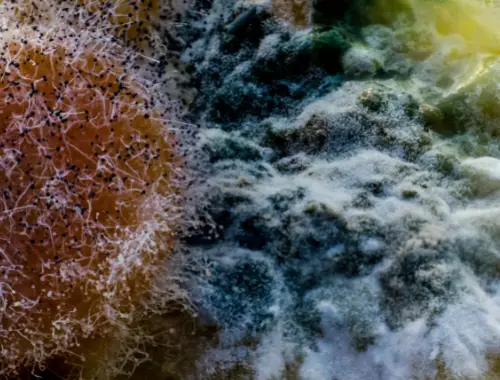
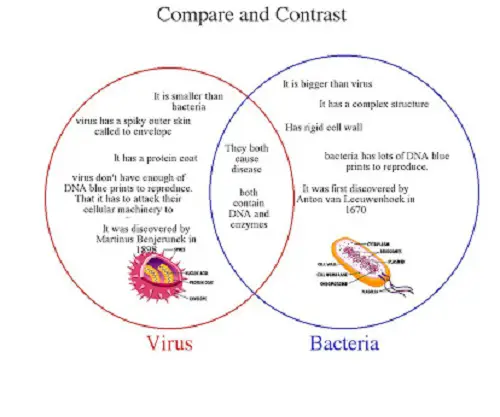
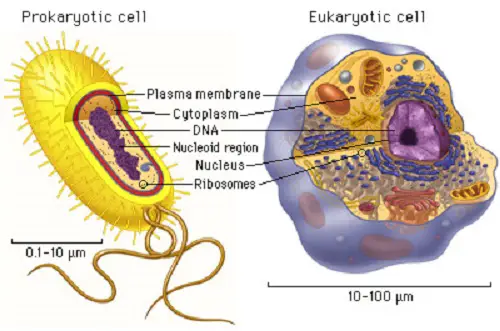
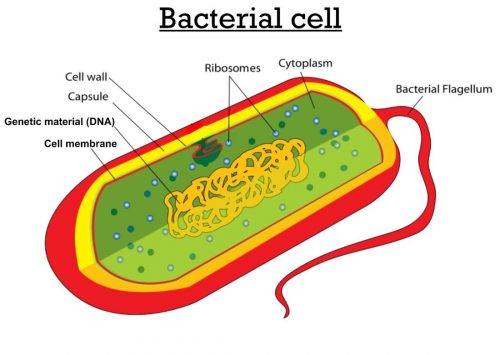
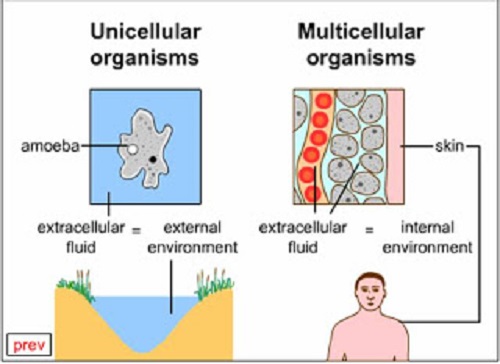
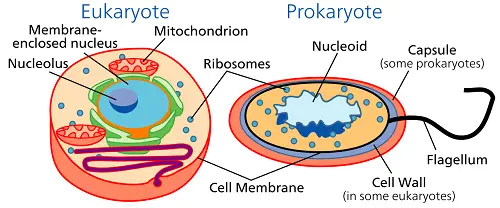





Leave a Reply